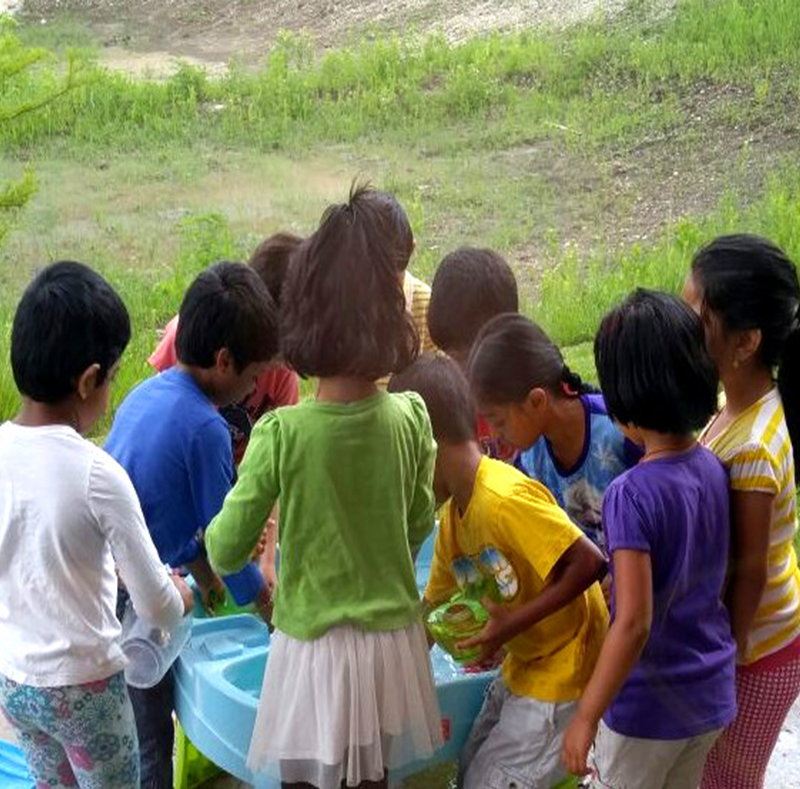Maria Montessori was born in Italy, and lived from 1870 to 1952. She became Italy's first woman doctor after many obstacles, and much hard work. She worked with children at a psychiatric clinic in Rome, where she studied the education of special needs children. What she discovered soon became the well known concept of Montessori education.
Maria believed that children should work with hands on materials to gain a concrete understanding of abstract ideas. Thus they learn the 'why' of what they are doing, and not simply the 'how', which in turn leads to a deep internalization of the rules.
Maria also believed in a multi-age classroom where students are encouraged to work at their own ability level, as opposed to their age level. Students do not receive grades, or take tests. They exhibit their mastery over the materials and also the abstract to the Directress. All of the materials are in one classroom, and children are encouraged to choose an activity on their own. The multi-age classroom also develops a sense of community and family, where help and respect form the natural environment.
What makes it special?
Children achieve a high level of independence which boosts their self confidence. Children are able to explore and develop their individual talents and preferences. The child actually teaches himself through use of the materials. The Directress' role is to connect the child to the environment by offering appropriate lessons and by protecting his concentration.
